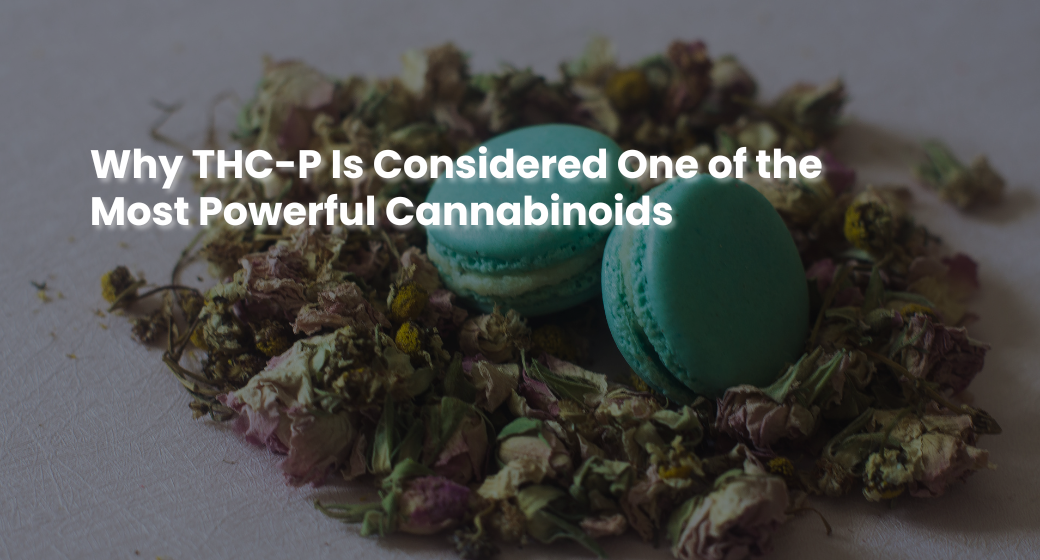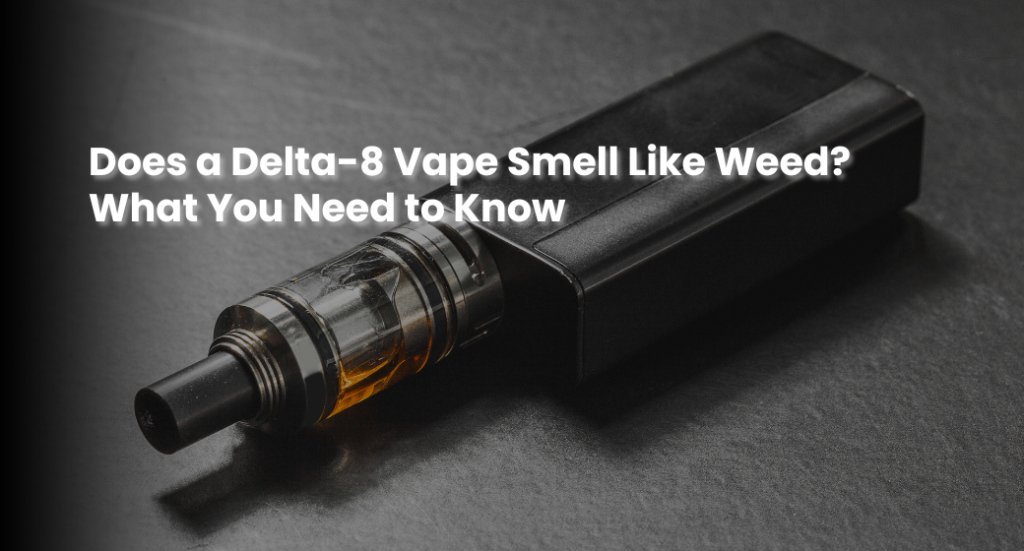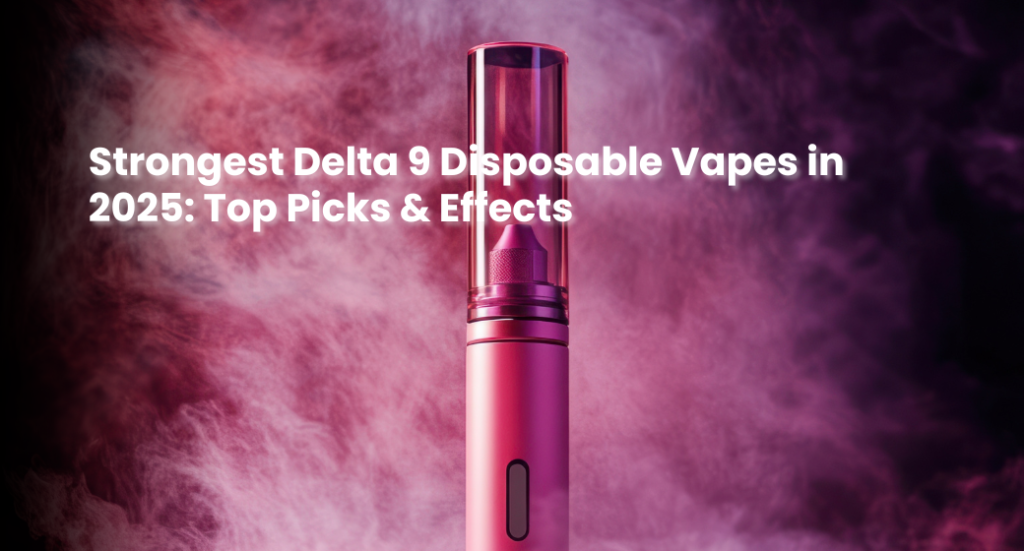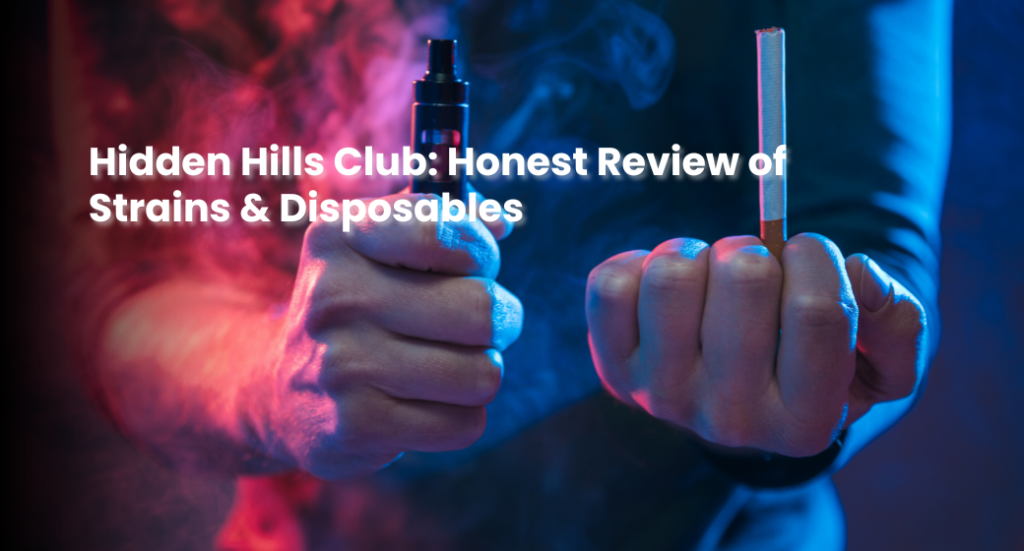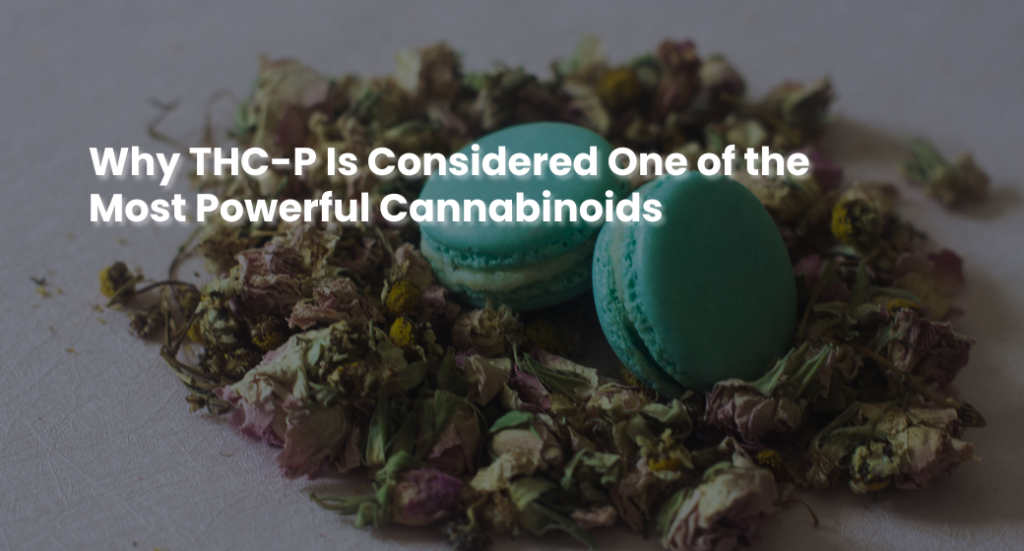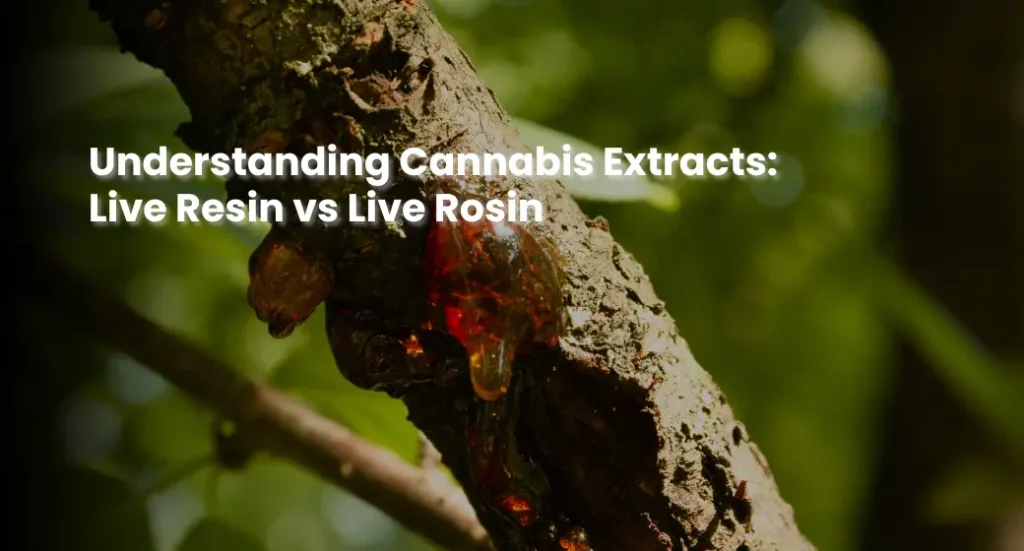
Every cannabis product claims to be the strongest something. Strongest vape. Most potent gummy. Premium ultra-mega-concentrated whatever. After a while, you tune it out. It’s like hot sauce labels promising to melt your face off when they barely register as spicy.
So when THC-P started showing up everywhere with claims about being exponentially more powerful than regular THC, I rolled my eyes. Here we go again. Another marketing gimmick wrapped in science-y language to justify charging more.
Then I actually tried a Hidden Hills edible from Mythcbuddy that contained it. Not because I believed the hype, but because I was curious if it would taste any different. Spoiler: it didn’t taste different. But about an hour later, I found myself staring at my ceiling fan thinking “okay, so maybe there’s something to this.”
Bypassing The Tolerance Problem
Here’s what actually got me interested in THC-P beyond just trying new products. If you’ve been using cannabis regularly for years, you’ve probably noticed diminishing returns. That 10mg gummy that used to hit perfectly now barely registers. You find yourself taking more to feel the same effects, which gets expensive and frankly annoying.
The industry’s solution has mostly been “just take more” or “try this slightly different blend.” Neither really solves the problem. Your tolerance keeps climbing, and you’re stuck in this cycle of chasing effects you remember from when you first started.
THC-P is interesting because it works through a different mechanism of action intensity. It’s not just “more THC.” The molecular structure is different enough that it bypasses some of that built-up tolerance. People who’ve been using cannabis for decades report feeling effects they haven’t experienced in years.
That got my attention more than any claim about being “33 times stronger” or whatever number gets thrown around.
So Why Is It Different Afterall?
The technical explanation involves carbon chains and receptor binding affinity, and honestly, most of that gets repeated everywhere without context. What matters practically is this: regular THC is like knocking on a door. THC-P is like having a key, opening that door, and walking in like you own the place.
Your brain’s cannabinoid receptors recognize THC-P more readily and hold onto it longer. The effects don’t just hit harder. They develop differently and last longer. It’s not a volume increase. It’s a qualitative shift.
When I tried that Hidden Hills edible belt, the first thing I noticed wasn’t intensity. It was texture. The high felt rounder somehow, more dimensional. Hard to describe, but it wasn’t just “stronger weed feeling.” It had its own character.
The Hidden Hills Experience
Mythcbuddy stocks these Hidden Hills VVS Diamond Edible belts that combine THC-A, Delta 9, and THC-P. The whole belt contains 3000mg total, which sounds absolutely insane until you realize each belt is scored into portions and you’re supposed to start with maybe a quarter of one section.
I’m not someone who scares easily with edibles. I’ve taken 50mg THC gummies and functioned fine. So I figured a quarter portion would be mild. Maybe 75mg of the cannabinoid blend, spread across multiple compounds. Should be manageable.
The onset felt normal. Took about 45 minutes, which is typical for my metabolism with edibles. Then instead of gradually building like usual, it was more like someone flipped a switch. Not overwhelming, just present suddenly.
Colors looked saturated in a way I hadn’t experienced since my first few times using cannabis years ago. Music had layers I don’t usually notice. Time did that thing where you’re not sure if five minutes or an hour passed. Classic cannabis effects, but dialed up in a way that felt fresh rather than just “really stoned.”
The duration threw me off most. I’m used to edibles lasting 3-4 hours max. This went strong for 5-6 hours before gradually tapering. That’s actually useful for evening use when you want sustained effects without redosing, but it’s something to plan for. Don’t take THC-P edibles an hour before you need to drive somewhere.
The Sweet Sunset, Hidden Melon, and Pinkonade Twist varieties all pack similar cannabinoid blends. The main difference is flavor profile. I’ve tried all three, and the effects stay consistent across them, which says something about quality control.
Who Actually Benefits From This
The power of THC-P isn’t useful for everyone. If you’re new to cannabis or use it occasionally, regular THC products probably work fine. Adding more potency just increases the risk of having an uncomfortable experience.
But if you fall into certain categories, THC-P fills a real gap:
- Long-term users with high tolerance. Cannabis stops working as well over time for regular users. THC-P cuts through that tolerance barrier more effectively than just taking larger doses of regular THC.
- People dealing with severe symptoms. Chronic pain, serious sleep issues, conditions that haven’t responded well to standard cannabinoid products. When regular options plateau in effectiveness, something stronger becomes medically relevant rather than just recreational preference.
- Those looking to use less product overall. Counterintuitively, higher potency can mean consuming less total material to achieve desired effects. A small piece of a Hidden Hills edible goes further than multiple standard gummies.
The Dosing Reality
Every article about THC-P warns about starting low, and most people probably ignore those warnings because we’ve heard it before. But with this compound, that advice actually matters.
Standard THC dosing guidelines don’t translate directly. If you normally take 25mg edibles, don’t assume 25mg of a THC-P blend will feel the same. It won’t. Start with a fraction of your normal dose. You can always take more an hour later if needed. You can’t undo taking too much.
When I tried the Hidden Hills products at Mythcbuddy, I wish I’d started even smaller than I did. A quarter portion was fine, but an eighth would’ve been smarter for first exposure. Pride makes you think you can handle more than you should try initially.
Legal Gray Areas and Safety
Laws around THC-P are murky. Hemp-derived versions exist in a federal legal space, but states regulate differently. Before ordering anything, check what your specific state allows. NORML’s legal database stays current on changing regulations.
Safety-wise, THC-P appears to work through the same pathways as THC, so the risk profile seems similar. Main difference is dose management. Easier to take too much because of the potency concentration.
Standard safety rules apply doubled: Don’t drive. Stay somewhere comfortable until you know how it affects you. Don’t mix with alcohol. Have water and snacks available. Tell someone you trust what you’re doing in case you need support.
The Bigger Question
THC-P raises interesting questions about where cannabis products go from here. Do we keep chasing higher potency? Is there a ceiling where stronger stops being useful and becomes problematic?
I don’t have answers, but I think about it when browsing Mythcbuddy’s selection. They carry everything from mild CBD products to THC-P edibles. That range matters because different people need different things.
The power of THC-P is real, not marketing hype. But power without purpose is just spectacle. Figure out what you’re trying to achieve first, then decide if this level of potency serves that goal. Sometimes it does. Sometimes regular products work fine.
Cannabis keeps evolving. THC-P is part of that evolution, not the endpoint. Try it if you’re curious and experienced enough to handle strong effects. Skip it if you’re content with what already works. Either choice is valid.
Just don’t underestimate it based on thinking you’ve “tried everything.” This one’s different.




